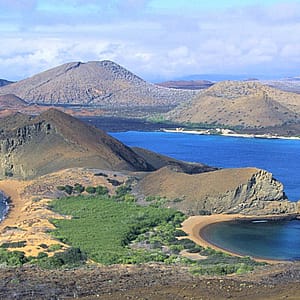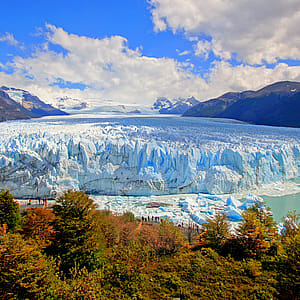Taquile, the island where men knit! This quiet, peaceful island is now well-known and is included as part of most Lake Titicaca tourist circuits.
My suggestion:
I really enjoyed visiting the craft centre when I was staying on Taquile. The facility is located at the Plaza de Armas and is run as a cooperative. They sell a variety of products there, with all profits going straight to local craftspeople.
My review
The view of Lake Titicaca from Plaza de Armas is amazing. From up there you could easily confuse the lake for a sea. I discovered and explored the bucolic scenery of the island at my own pace, from the harbour right up to the town's main square.
A form of responsible tourism known as rural community tourism has gradually been developed on Taquile Island over the years. The same type of tourism can be found in other places in Peru and serves to encourage local entrepreneurs to use tourism as a tool for development. In this system, tourism products and services are developed by the community itself for its own benefit. The island's inhabitants decide what rules must be followed on the island.
For example, it is prohibited to take photos of people without asking their permission, or to give sweets to children. There is also a rota system in place with respect to the restaurants visited, the hosted accommodation used, etc. And in addition to the revenue that goes straight to the host families, some of the profits are also used to invest in community projects, such as solar panel installations and the construction of wells, etc.
In short, this is a community tourism project that really works. I was particular impressed with it, and it's definitely a good thing to support and encourage.
![Travel to The Galapagos Islands]()
![Travel to Patagonia]()










